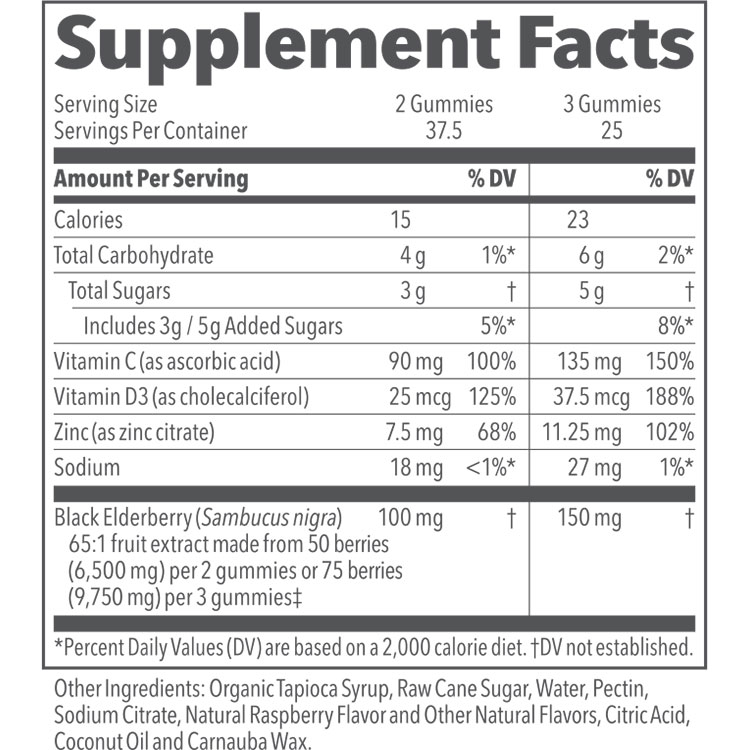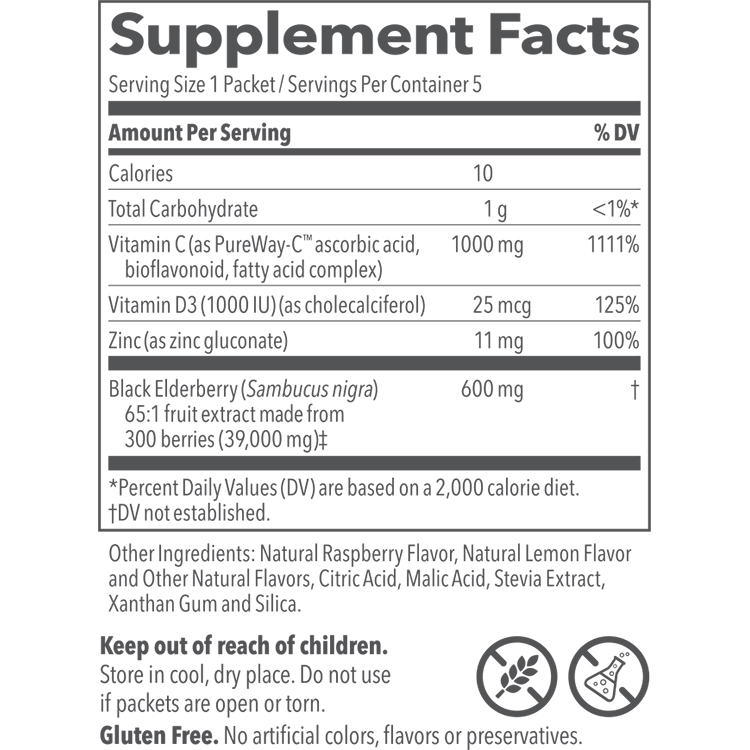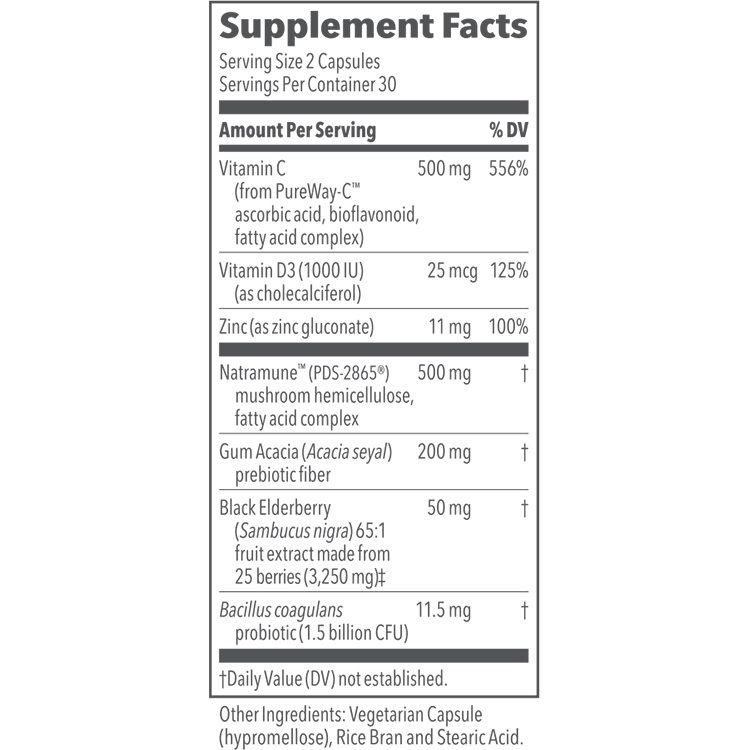WHAT IS THE PROSTATE AND WHY IS IT IMPORTANT?
The word “prostate” is derived from the Greek word prostates, which means “one who stands before” or “guardian.” The term was likely applied to this particular gland because of its position in front of the male bladder (1). It sits just in front of the rectum and surrounds the tube that transfers urine from the bladder to the outside of the body (2). Even though this walnut-sized gland is necessary for reproduction it is not essential to life. The main role of the prostate is to produce a fluid substance that aids sperm in reaching an egg. Enzymes within this fluid enable the sperm to navigate freely; while the zinc, citrate, and fructose contained therein help provide the energy that sperm cells need to make the journey to the egg. The prostate also produces antibodies which protect the sperm and the urinary tract from pathogens (2).
The muscles and sphincters of the prostate work together to prevent the mixture of urine and semen. During ejaculation the smooth muscle cells of the prostate contract to force the seminal fluid into the urine tube (urethra). At the same time, the sphincter between the prostate and the bladder closes to ensure that semen isn’t pushed into the bladder. Contraction of the prostate muscles also occurs during urination to prevent urine from entering the prostate (1).
PROSTATITIS AND BPH
Prostatitis:
Prostatitis is a broad term used for inflammation of the prostate and its surrounding muscles. It is the most common ailment affecting the urinary tract of men under 50. Prostatitis should not be confused with Benign Prostatic Hyperplasia, nor with prostate cancer which are both completely different conditions. There is some debate in the medical community, however, as to whether prostatitis increases the risk of developing prostate cancer (3).
There are multiple forms of prostatitis which can be sorted into three main categories: prostatitis due to bacterial infection (acute prostatitis), non-bacterial prostatitis (chronic prostatitis), or asymptomatic inflammatory prostatitis (4). Depending upon the form, untreated prostatitis can lead to:
- Bacterial infection entering the blood
- Infertility
- Inflammation of the tubes attached to the testicles
- Development of a pus-filled abscess within the cavities of the prostate (5,6)
Benign Prostatic Hyperplasia (BPH):
BPH is the non-cancerous enlargement of the prostate. It is one of the most common conditions seen in aging males (7). Because of the prostate’s location in the body BPH leads to compression of the urethra and subsequent difficulties with urination. BPH is not life-threatening but can be both inconvenient and painful (8). Left untreated, however, it can lead to urinary tract infections, and bladder or kidney damage (9).
RISK FACTOR FOR PROSTATITIS AND BPH
Prostatitis:
- Having a recent bladder or other urinary tract infection (6,10)
- Having a sexually transmitted disease (10,11)
- Engaging in unprotected sex (10,11)
- Excessive alcohol consumption (10,11,12)
- Injury to the lower pelvis (6,10)
- Urethral catheterization (10,13)
BPH:
- Age, with older age correlating with increased risk (14,15)
- Family history of BPH (14,15)
- High levels of dihydrotestosterone (DHT) (14)
- Obesity or excess weight (14,15)
- Having diabetes (14,15)
- Poor diet that is high in saturated fats, red meat and refined sugars (14)
SYMPTOMS OF PROSTATITIS AND BPH
Prostatitis due to bacterial infection, or acute prostatitis, only accounts for about ten percent of the total diagnosed cases of prostatitis. It is often associated with the sudden onset of flu-like symptoms such as aching, fever, nausea, and vomiting. Non-bacterial prostatitis, also referred to as chronic prostatitis is much less understood, but accounts for about 2 million cases a year in the United States.
Symptoms Shared by Both Kinds of Prostatitis:
- Increased urinary frequency and urinary urgency
- Painful urination
- Painful ejaculations
- Pain between the scrotum and rectum
- Weak or interrupted urine stream
- Inability to empty the bladder (6,16,17)
As its name implies, asymptomatic inflammatory prostatitis has no symptoms. It is identified simply by the observation of inflammatory cells in the urine, semen, or prostate proper.
BPH is extremely common, especially in men over the age of 50.
Symptoms of BPH:
- Increased urinary frequency and urinary urgency, especially at night
- Weak or interrupted urine stream
- Difficulty starting a urine stream
- Inability to empty the bladder
- Small amounts of blood in the urine (9,7)
PROSTATITIS/BPH FACTS AND STATISTICS
Prostatitis:
On average, one in four men is diagnosed with prostatitis in their lives. It is estimated that around 10% of men have chronic prostatitis, but that only 60% of those with the condition see a professional for treatment (16).
BPH:
The incidence of BPH increases drastically with increased age. While approximately 10% of men in their 30s have the condition, 50-60% of men in their 60s have it. It is estimated that 80-90% of men in their 70s and 80s have BPH, leading some to hypothesize that every man will experience BPH if he lives long enough (18,19).
MEDICAL TREATMENT OF PROSTATITIS AND BPH
Prostatitis:
Bacterial prostatitis is treated with antibiotics. Treatment of non-bacterial prostatitis is much less straightforward. This type of prostatitis occasionally clears up after a six-week antibiotic regimen. Most cases of non-bacterial prostatitis, however, are not improved via antibiotic treatment. In these cases, alpha blockers or anti-inflammatory medicines are sometimes prescribed to relieve symptoms. Currently, there is no evidence supporting the efficacy of any known drugs in curing non-bacterial prostatitis. Similarly, various non-pharmacological treatments and surgeries have proven largely futile in the pursuit of a cure for non-bacterial prostatitis (16).
BPH:
One of the largest changes in urological clinical practice in the 21st century has been the shift away from removing the prostate upon identification of BPH to the treatment of the symptoms with medication and observance. The popularity of prostate removal surgery has now been in steep decline for about two decades (20).
There are two different types of medication that are typically prescribed to patients with BPH:
- Alpha-1 blockers which relax the smooth muscle in the urethra and the prostate (20). Side effects include headache, dizziness, or weight gain (21).
- 5 Alpha-reductase inhibitors, like finasteride. This drug reduces dihydrotestosterone (a hormone that causes the prostate to grow). This purportedly allows the atrophy of the prostate to restore more urinary regularity (20,22). Side effects include sexual dysfunction or impotence (23).
NATURAL WAYS TO SUPPORT A HEALTHY PROSTATE
Practices to Support Prostate Health:
- Wear appropriate protective gear when playing sports or participating in potentially dangerous activities.
- Practice safe sex.
- Maintain good male hygiene.
- Stay sufficiently hydrated.
- Do not sit for long periods of time.
- Exercise regularly.
- Eat an appropriate amount of fruits and vegetables.
- Limit caffeine and alcohol consumption.
- Maintain a healthy body weight.
- Manage stress and psychological disorders appropriately.
- Avoid prolonged instances of cold temperatures or sitting on cold objects (24,25).
Natural Supplements That Support Prostate Health:
- Saw palmetto (26,27)
- Beta-sitosterol (28)
- African plum tree bark (26)
- Rye grass pollen (26,29)
- Nettle (26)
- Vitamin D (30,31)
- Vitamin B-6 (32)
REFERENCES
- How does the prostate work? PubMed Health. 2016. https://www.ncbi.nlm.nih.gov/pubmedhealth/PMH0072475/. Accessed March 7, 2018.
- About the prostate. Prostate Cancer Foundation. 2016. https://www.pcf.org/c/about-the-prostate/. Accessed March 6, 2018.
- Prostate cancer risk factors. American Cancer Society. 2016. https://www.cancer.org/cancer/prostate-cancer/causes-risks-prevention/risk-factors.html. Accessed April 5, 2018.
- Krieger JN, Leroy Nyberg J, Nickel JC. NIH Consensus Definition and Classification of Prostatitis. JAMA. 1999;282(3):236-237. doi:10-1001/pubs.JAMA-ISSN-0098-7484-282-3-jac90006.
- Mayo clinic staff. Prostatitis. Mayo Clinic. http://www.mayoclinic.org/diseases-conditions/prostatitis/symptoms-causes/syc-20355766. Accessed April 5, 2018.
- Prostatitis: inflammation of the prostate. National Institute of Diabetes and Digestive and Kidney Diseases. https://www.niddk.nih.gov/health-information/urologic-diseases/prostate-problems/prostatitis-inflammation-prostate. Accessed April 5, 2018.
- Dhingra N and Bhagwat D. Benign prostatic hyperplasia: An overview of existing treatment. Indian J Pharmacol. 2011;43(1):6-12. doi:10.4103/0253-7613.75657.
- About BPH. Prostate Health Guide. http://www.prostatehealthguide.com/bph-enlarged-prostate/about-bph/. Accessed April 4, 2018.
- Enlarged prostate (BPH). MedlinePlus National Institute of Diabetes and Digestive and Kidney Diseases. https://medlineplus.gov/enlargedprostatebph.html. Accessed April 17, 2018.
- Risk factors for prostatitis. Prostate Health Guide. http://www.prostatehealthguide.com/prostatitis/risk-factors-of-prostatitis/. Accessed April 17, 2018.
- Wallner LP, Clemens JQ, Sarma AV. Prevalence and risk factors for prostatitis in African American men: findings from the flint men’s health study. Prostate. 2009;69(1). doi:10.1002/pros.20846.
- Wu C, Zhang Z, Lu Z, et al. Prevalence of and risk factors for asymptomatic inflammatory (NIH-IV) prostatitis in Chinese men. PLOS ONE. 2013;8(8):e71298. doi:10.1371/journal.pone.0071298.
- Yoon BI, Han DS, Ha US, et al. Clinical courses following acute bacterial prostatitis. Prostate Int. 2013;1(2):89-93. doi:10.12954/PI.12013.
- Parsons JK. Causes of enlarged prostate (BPH). Prostate.net. https://prostate.net/health-centers/bph-health-center/causes-of-enlarged-prostate. Accessed April 17, 2018.
- Mayo clinic staff. Benign prostatic hyperplasia (BPH). Mayo Clinic. https://www.mayoclinic.org/diseases-conditions/benign-prostatic-hyperplasia/symptoms-causes/syc-20370087. Accessed April 18, 2018.
- Lipsky BA, Byren I, Hoey CT. Treatment of bacterial prostatitis. Clin Infect Dis. 2010;50(12):1641-1652. doi:10.1086/652861.
- Pluta RM, Lynm C, Golub RM. Prostatitis. JAMA. 2012;307(5):527-527. doi:10.1001/jama.2011.2008.
- Roehrborn CG. Benign prostatic hyperplasia: an overview. Rev Urol. 2005;7(Suppl 9):S3-S14.
- Lepor H. Pathophysiology, epidemiology, and natural history of benign prostatic hyperplasia. Rev Urol. 2004;6(Suppl 9):S3-S10.
- Chapple Christopher R. Pharmacological therapy of benign prostatic hyperplasia/lower urinary tract symptoms: an overview for the practising clinician. BJU International. 2004;94(5):738-744. doi:10.1111/j.1464-410X.2004.05022.x.
- Mayo clinic staff. Alpha blockers. Mayo Clinic. 2016. https://www.mayoclinic.org/diseases-conditions/high-blood-pressure/in-depth/alpha-blockers/art-20044214. Accessed April 17, 2018.
- Harvard experts discuss benign prostatic hyperplasia drug treatments. Harvard Prostate Knowledge. 2009. https://www.harvardprostateknowledge.org/harvard-experts-discuss-benign-prostatic-hyperplasia-drug-treatments. Accessed March 28, 2018.
- Cunha JP. Propecia. RxList. https://www.rxlist.com/propecia-side-effects-drug-center.htm. Accessed April 17, 2018.
- Can I Prevent Prostatitis? WebMD. https://www.webmd.com/men/prevent-prostatitis. Accessed April 5, 2018.
- Moorthy HK, Venugopal P. Strategies for prostate cancer prevention: review of the literature. Indian J Urol. 2008;24(3):295-302. doi:10.4103/0970-1591.42608.
- Curtis Nickel J, Shoskes D, Roehrborn CG, Moyad M. Nutraceuticals in prostate disease: the urologist’s role. Rev Urol. 2008;10(3):192-206.
- Saw palmetto. NCCIH. 2011. https://nccih.nih.gov/health/palmetto/ataglance.htm. Accessed March 28, 2018.
- Berges RR, Kassen A, Senge T. Treatment of symptomatic benign prostatic hyperplasia with β‐sitosterol: an 18‐month follow‐up. BJU International. 2001;85(7):842-846. doi:10.1046/j.1464-410x.2000.00672.x.
- MacDonald R, Ishani A, Rutks I, Wilt TJ. A systematic review of Cernilton for the treatment of benign prostatic hyperplasia. BJU International. 2000;85(7):836-841. doi:10.1046/j.1464-410x.2000.00365.x.
- Espinosa G, Esposito R, Kazzazi A, Djavan B. Vitamin D and benign prostatic hyperplasia – a review. Canadian J Urol Int. 2013;20(4):6820-6825.
- Mehik A, Hellström P, Lukkarinen O, Sarpola A, Järvelin MR. Epidemiology of prostatitis in Finnish men: a population‐based cross‐sectional study. BJU International. 2000;86(4):443-448. doi:10.1046/j.1464-410X.2000.00836.x.
- Prostate Problems. National Institute of Diabetes and Digestive and Kidney Diseases. 2016. https://www.niddk.nih.gov/health-information/urologic-diseases/prostate-problems. Accessed April 5, 2018.
For more information on prostate problems and diagnosis: 1. Talk to your doctor 2. Visit the National Institute of Diabetes and Digestive and Kidney Diseases website 3. Visit the Prostate Health Guide website 4. Visit the Prostate Cancer Foundation website.





